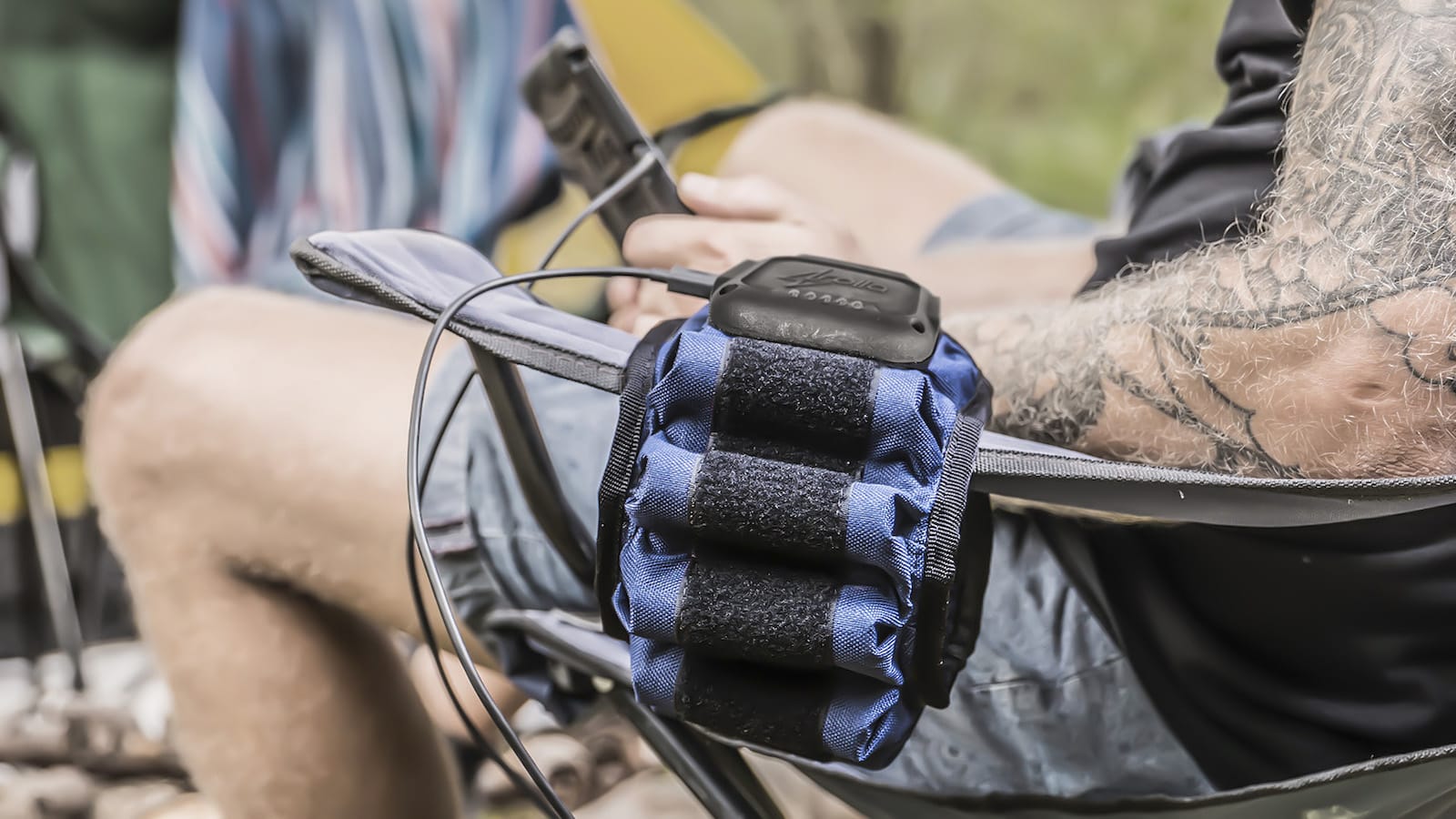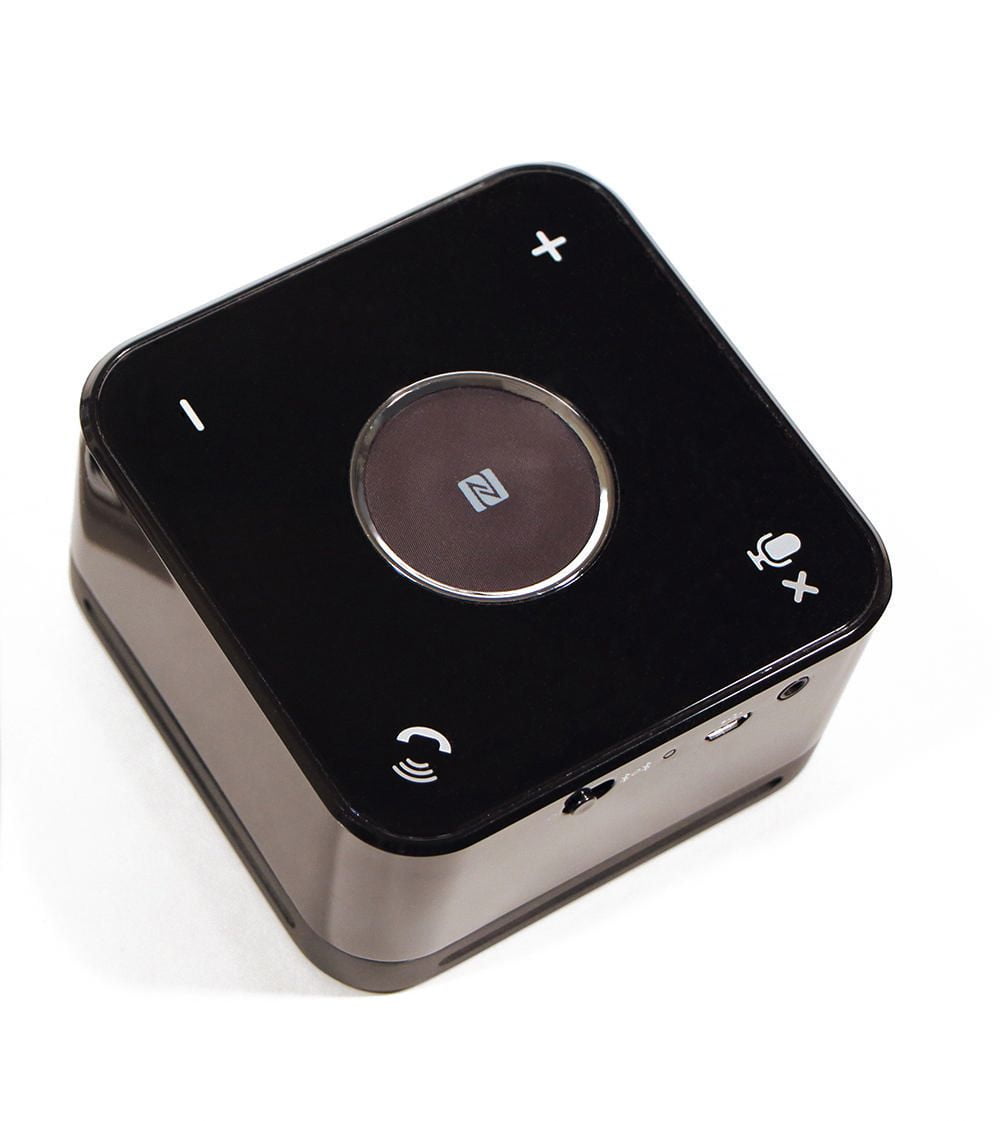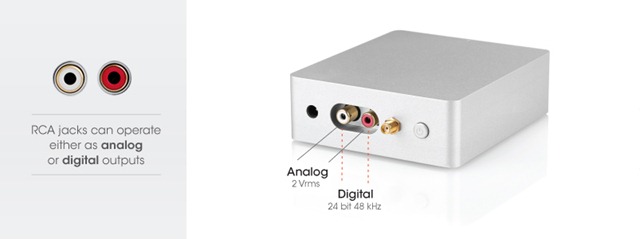
While this diminishing quality usually isn’t noticeable to most people, audiophiles may take notice right away. This results in something called a loss of fidelity, which references how well a copy reproduces its source.

In general, auxiliary sound is more capable of producing a higher quality noise when compared to Bluetooth. But in order to get the best sound, what type of set-up is best?

There is really nothing better than slipping on a pair of headphones and listening to your favorite playlists or turning on the stereo to hear some hi-fi sounds during a dinner party. So which one is better? Sound Quality: Bluetooth vs Aux But each of these has small differences that set them apart. While it’s not as universal as auxiliary jacks, it is becoming increasingly common.īoth of these are the most popular ways of streaming sound despite Bluetooth’s fairly new inception. It operates over radio frequencies and doesn’t need wires or wi-fi to work. It’s one of the most common cables used for streaming sound.īluetooth uses wireless connectivity for phones, computers, and other peripherals.

Aux cables are commonly associated with the 3.5mm headphone jack that you might recognize from older iPhones. The most glaring disparity between these two is the fact that Bluetooth can work wirelessly while auxiliary requires a cable connection according to VSS Monitoring. What’s the Difference Between Bluetooth and Aux?


 0 kommentar(er)
0 kommentar(er)
